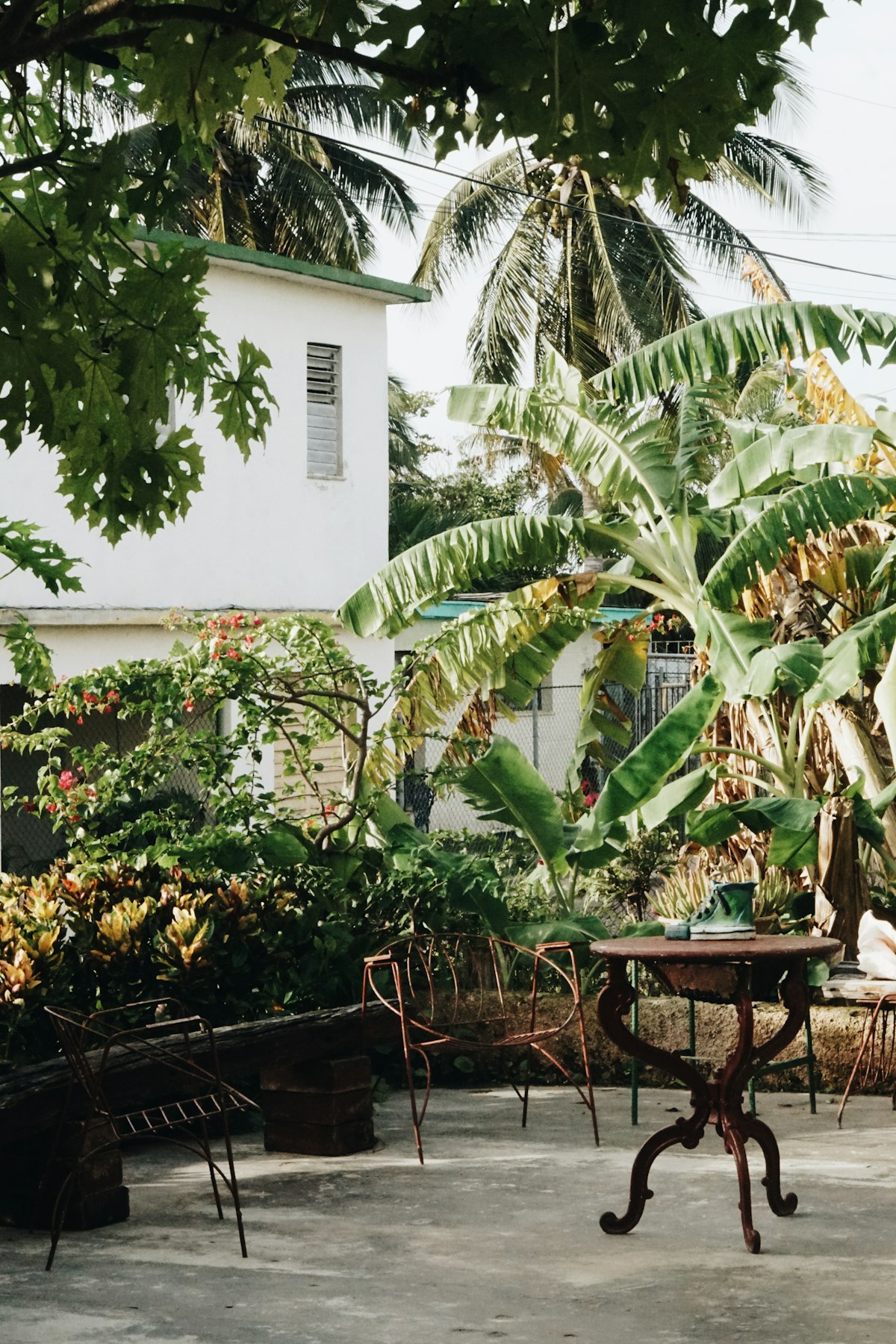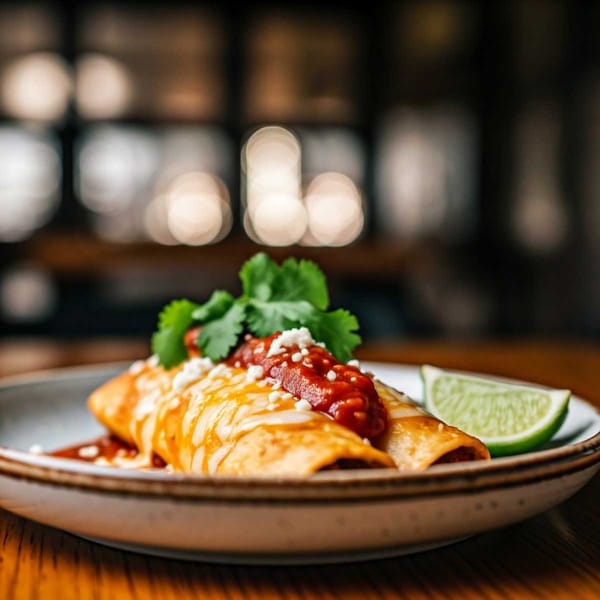130 years of Varadero: Who were its first inhabitants?
The article "130 years of Varadero: Who were its first inhabitants?" offers an answer to a question that arose in Varadero about the first inhabitants of the Hicacos Peninsula.

It is a brief characterization of the Aboriginal Communities that settled in this locality. It goes from its physical aspect to the social organization that they developed, here it includes the habitat in which I live, its instruments of work, and the fundamental economic activities that allowed its subsistence and development.
The most interesting part of the work is the interrelation that is made of these first inhabitants with the analysis carried out by the book Historia de Cuba 1942-1898 by the authors Eduardo Torres Cuevas and Oscar Loyola Vega, at the same time that it ratifies the coexistence of several groups in the territory and the footprint left of its presence in the area in the Muslim Caves, Lapel of Muslims and the pictographs that show it in the Cave of Ambrosio located in Varadero main tourist pole of Sun and Beach of Cuba.
Development
Recently in a Cuban history class for tourism guides (nature reference), a student asked about the characteristics of the aborigines that settled in the Hicacos Peninsula. We answered and argued making the most accurate connections possible on the subject. Now with time in the context of the 130th anniversary of the founding of the city of Varadero, we have decided to deepen and concatenate all the information we have on the subject.
According to Eduardo Torres Cuevas and Oscar Loyola Vega, authors of the Historia de Cuba volume (1492-1898), several groups of men with dissimilar characteristics arrived at this green and luminous island, at the same time that they used different routes for this: the first group was moved through the mouth of the Mississippi, Florida Peninsula, the Bahamas to Cuba, or could have moved directly from the west coast of Florida to the archipelago. They were Paleolithic hunters and their march was aimed at the persecution of transhumant herds of large animals for food. At this time in Cuba, there was a large fauna: the giant sloth, the manatee, the tropical seal, the hutia, almiquí, among others.
The second migratory current came from Central and South America (current territories of Nicaragua, Honduras, and Venezuela). They settled on the south coast of Cuba (Ciénaga de Zapatas, Peninsula de Guanacabibes, and Isla de la Juventud), later and following the coast reached the eastern areas of the island. They were fishermen of platform and collectors on the coast, nevertheless, they did not penetrate in the depth of the island.
The Caribbean migrations according to the aforementioned authors, increased towards the year 500 an, and there coexisted several types of settlers: some from the Mississippi Valley and the Peninsula of La Florida, another of the Antilles, to which is attributed the introduction in the archipelago of the cultivation of maize, cassava, and tobacco in the sixth century; while using the same route, the later aborigines arrived in the middle of the 15th century.
Independently that the students affirm a certain degree of unification, coexistence and even of transculturation between the groups recently arrived at the island, noticeable differences between them are noticed; the most radical divide this culture into two: gatherers, hunters, fishermen, (guanahajatabeyes, siboneyes, protoagrícolas) and pottery farmers (Taínos).
According to the History of Varadero, carried out by a group of authors in 1990, it seems that, in almost all the migratory routes described by Torres Cuevas and Noyola Vega, Aboriginal arrivals arrived at the town as a testimony of that coexistence ratified by the authors. Of the second route, for example, different movements that occur at different times from the bordering areas of the current province of Matanzas, particularly of its north-eastern limit, ie the Hicacos Peninsula, stand out.
Subsequently settled men who skirted the entire coastline of the island, others in waves advanced from the central region of Cienfuegos, some penetrated through the Bay of Santa Clara to our north coast and the last came from the south coast by sea or land or through the Sabana-Camagüey keys. In terms of its physical characteristics, the similarities of our first inhabitants with the hunter-gatherer collectors are very solid: Indo-American of Mongoloid origin, with a broad face, prominent cheekbones, medium height, and no artificial deformations of the skull.
In the primary burial of the Lapel of Muslims of Varadero, two male individuals of approximate antiquity of the XX centuries were found, that despite their robust and rough constitution, their approximate stature was 1.68 cm. It is worth noting that according to the group of authors, that is the aborigine of greater stature reported in Cuba. They also stood out, in the anemic indicators, frequent infectious process, long bones, bony deformities, and spina bifida; this last characteristic motivated by consanguineous sexual relations. These elements ratify the existence of a random life according to an economy of appropriation and a constant struggle for subsistence.
The habitat of this culture was in the caves, rock shelters, and open spaces. Hence, in the territory are reported several archaeological sites scattered throughout the region. In the area between Boca de Camarioca and Paso Malo through the coastline, there is a densely calcified area with caves, caves, and laps; where evidence has been found that indicates the existence of funerary and ceremonial habitation sites of our aborigines.
In the vicinity of the Canal de Paso Malo (former airport), there was the Indian cave, classified as housing, while in the vicinity of the French Corner (today Hotel Paradisus), are the most important archaeological sites in the area: Ambrosio cave (ceremonial), the cave of Muslims (housing), Lapel of Muslims (funeral). Around La Morlas, there are the Mosquito Flats and the Vizcaínos cave (both habitational) and in the Laguna de Mangón area, on the other hand, the Mangón 1 (housing), Mangón II (funerary) and Mangoncito (housing).
This group was engaged in the collection of food both terrestrial and maritime, hunting small mammals, birds, reptiles, and insects, and fishing. Within the first activity included native fruits such as hicacos, tunas, Caletas grapes, and some roots or tubers extracted from the earth.
It was not the food search indiscriminately or fortuitously, but rather a single collecting function with the help of work tools; that according to the group of authors had to practice cyclic nomadism, stationary depending on the season of the year, although its fundamental sustenance came from the sea. They developed a system of manufacturing techniques because waste appears in the tools of shells such as, gouges, spoons, vessels, hand picks, hammers, scrapers, among others; which shows that the shell industry corresponded with Mesolithic groups in their various forms.
In the site Muslims I, fragments of very simple pottery have been found, without handles or decorations different from the Mesolithic cultures of Cuba, while in the Lapel of the Mosquitos have appeared flint tools with a clear tendency to the micro-lithic specialization, which shows the outstanding development of this activity.
Now as a result of the variety of lithic tools, of shells to work wood, of the knowledge and mastery of the technique of the lamb, together with the presence in the residuary of the area of spine and vertebrae of very small fish; allows us to infer that they should have some kind of traps or networks considering their usefulness for fishing in the abundant channels in the peninsula.
The collectors, hunters, fishermen dominated the fire and in the Hicacos peninsula, there have appeared charcoal residues, lenticules of ashes, and burned dietary remains, especially of the megalonnus rodents (ancestor of the jutía conga), so it can be said that they cooked their food just as they protected themselves from the cold and insects with fire. This group supported their relationships in a gentilicia and matriarchal community and had a marked division of labor by sex and age
In this constant movement of the commune to be able to subsist, in that disintegration and systematic integration of groups for the development of their fundamental activities; it is possible to observe small non-permanent housing settlements in the region while noticing that for deeper water fishing where greater physical strength, speed and the possibility of temporarily moving away from the community were required, men were chosen, this being the case It happened for hunting.
If we refer to the funeral sites, there is evidence that makes us think about the cult of their ancestors and the belief in a life after death. In the territory they have found two burials with offerings (Lapel of Muslims); there they placed in a natural niche the bodies with the evident intention to bury them and protect them, associated with it have appeared lytic tools and food remains while the left hand of one imprisoned a small group of stones which supposes some ritual element.
In the Mangón II funerary site, micro-basins of shells and dental pieces of aborigines of different ages as well as dietary remains were found, this confirms the existence of massive burials characteristic of these communities.
This group developed the pictography that is supposed to have a magical religious content. In the cave of Ambrosio (ceremonial site) you can see samples of rock art of the Cuban aborigines, it is a geometric and abstract style, called concentric circles, of the proportional, harmonic and rhythmic composition.
The parietal art of this site and its problematic goes beyond the probable cultural affiliation, since admitting the filiations that historically have made of the comparative analysis of the motives and designs of some (around 40) are linked to Neolithic, common Mesolithic communities both and not affiliated with own; for the latter, there is no possible explanation, although it is not ruled out that they were executed by Maroons.
According to Torres Cuevas and Loyola Vega, "the study of all these centuries of man in Cuba is still insufficient given the limitations of the sources: testimonies of the conquerors and archaeological remains. His experiential world barely reaches us through faint rays that are seen through the light; the faint reflections of a dead culture that can no longer transmit its intensity."
However, in those tenuous rays that can be seen through the light, a worthy and courageous culture is noticed, which will always have to be resorted to through its organizational, semantic, and rebellious legacy. Without it we could not express ourselves accurately, defend ourselves with sagacity and live with a certain harmony.
Through this brief analysis we can affirm that the aborigines that settled in the region belonged to that cross-cultural mixture of guanahatabeyes and siboneyes, because their traits, customs and ways of life so attest, they were the first inhabitants of Varadero who will soon fulfil 130th anniversary of its foundation.
The original text of this article was published by the Revista Vinculando at the following address: https://vinculando.org/vacaciones_viajes/turismo_sostenible/130-anos-de-varadero-quienes-fueron-sus-primeros-habitantes.html




